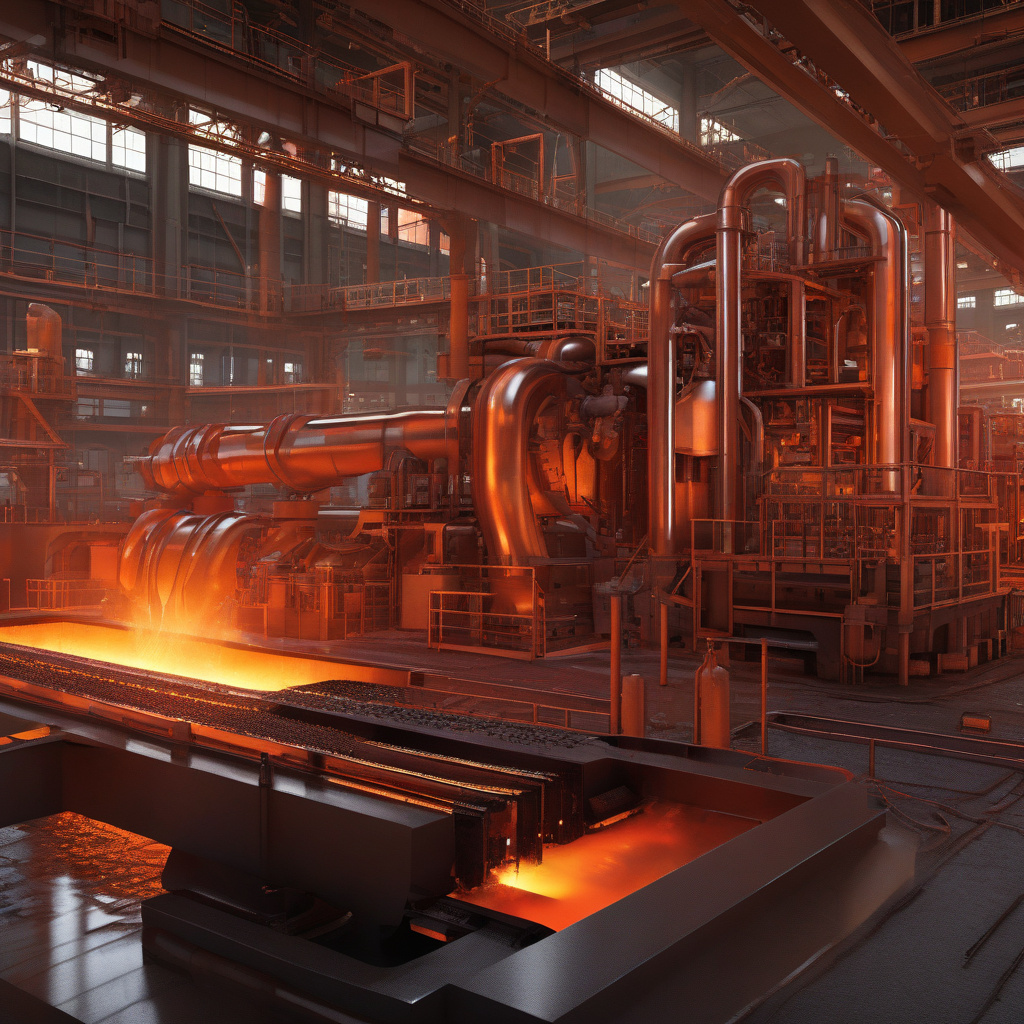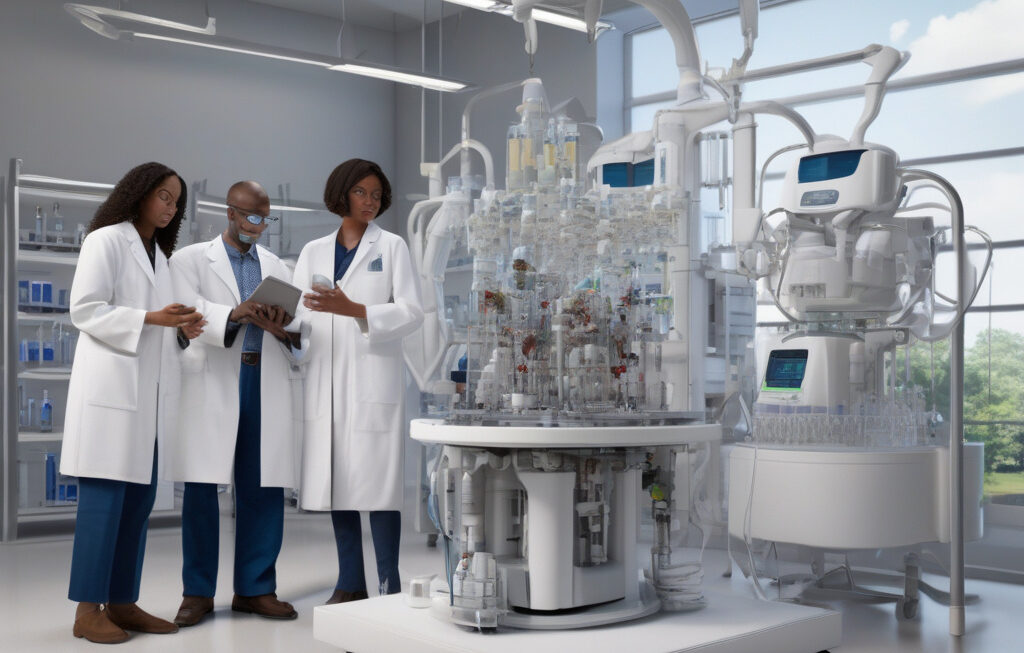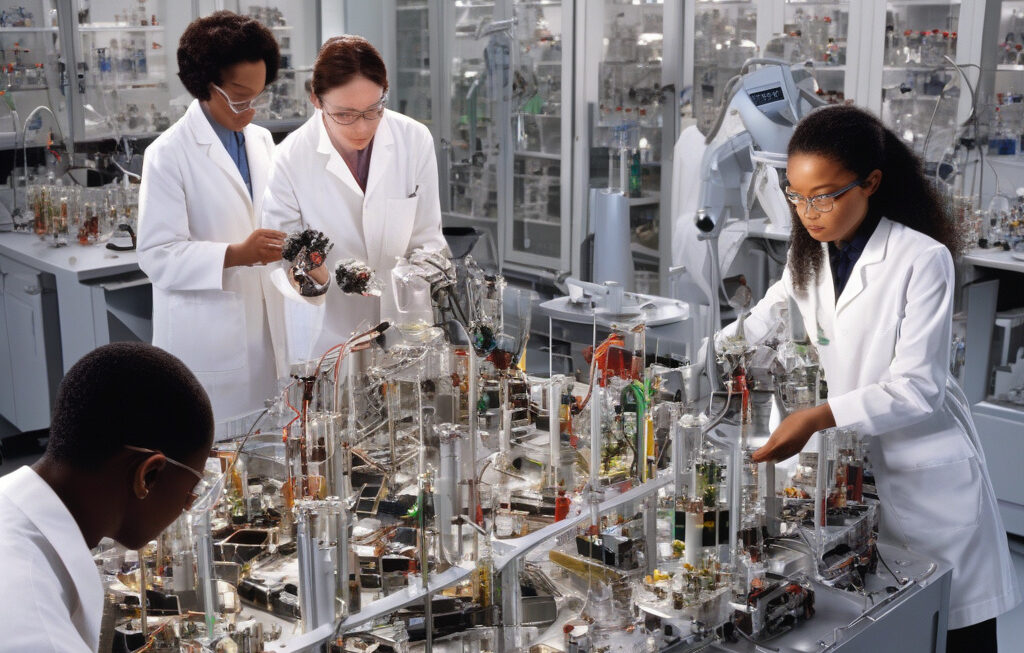Steel’s Chemistry is Being Rewritten at Industrial Scale
Long-reigning blast furnaces, the old “daylight machines” fueled by coke, are emblematic of steel’s carbon-heavy past. However, the steel industry is undergoing a significant transformation as new technologies and processes are rewriting the chemistry of steel production on an industrial scale.
One of the most notable advancements in steel production is the shift towards electric arc furnaces (EAFs). Unlike traditional blast furnaces that rely on coke, EAFs use scrap steel as the primary raw material. This not only reduces the industry’s reliance on carbon-intensive inputs but also minimizes waste by recycling existing steel products. As a result, EAFs are not only more environmentally friendly but also more cost-effective in the long run.
In addition to changing the raw materials used in steel production, new technologies are also enabling the industry to produce high-quality steel with improved properties. By carefully controlling the composition of the steel and introducing innovative alloying elements, manufacturers can tailor the material to meet specific performance requirements. For example, adding small amounts of elements like chromium, nickel, or molybdenum can enhance the steel’s strength, corrosion resistance, or heat resistance, opening up new possibilities for applications in various industries.
Furthermore, advancements in process control and automation are revolutionizing the way steel is produced. By leveraging big data analytics, artificial intelligence, and Internet of Things (IoT) devices, manufacturers can optimize every step of the production process, from raw material selection to final product inspection. This not only improves the efficiency and consistency of steel production but also enables real-time monitoring and predictive maintenance to minimize downtime and reduce costs.
One of the key drivers behind these innovations in the steel industry is the growing demand for high-performance materials in sectors such as automotive, aerospace, construction, and renewable energy. As industries seek to reduce their environmental footprint, increase energy efficiency, and enhance product performance, the demand for advanced steels that offer superior strength, durability, and sustainability is on the rise.
In conclusion, the chemistry of steel production is being rewritten at an industrial scale, driven by a combination of technological advancements, environmental considerations, and evolving market demands. By embracing new processes, materials, and technologies, the steel industry is not only transforming itself but also paving the way for a more sustainable and innovative future.
steel, chemistry, industrial scale, technology, sustainability











